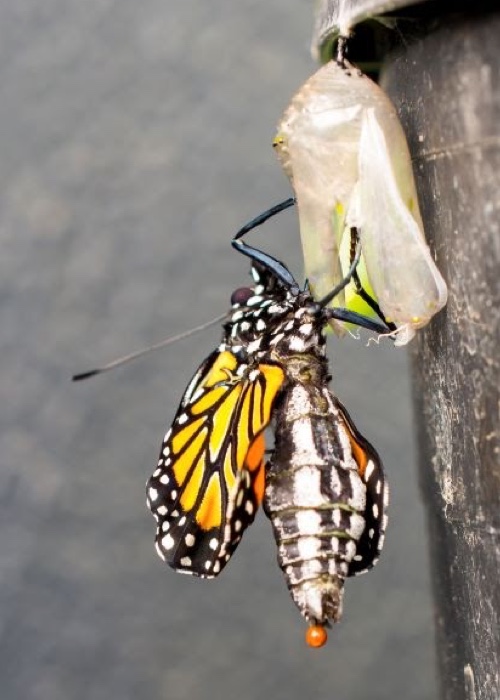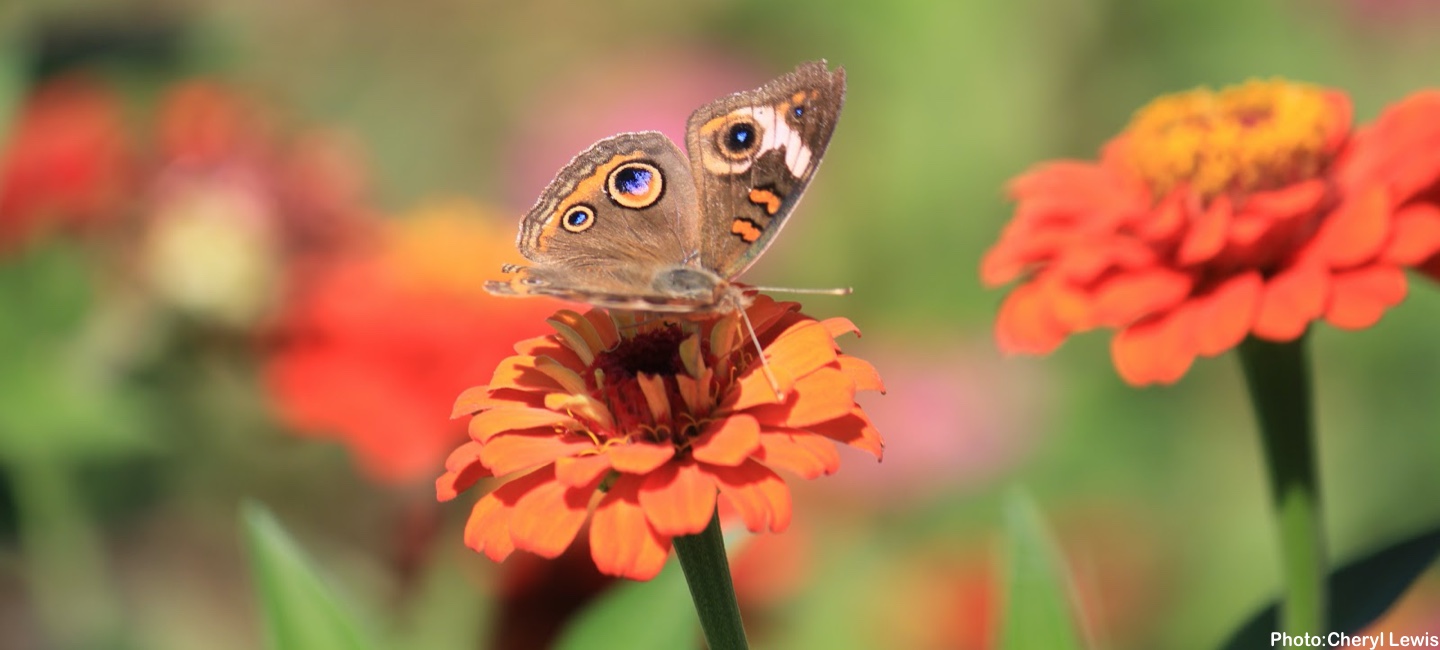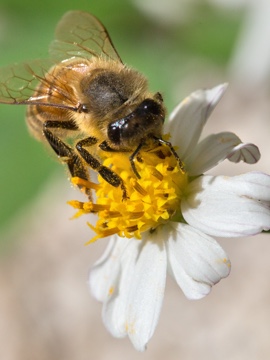Each type of butterfly is specially adapted to a particular habitat, where it finds what it needs to live. What you see will depend in large part on where you look.
Let’s Get Started
Head outside in your own yard, neighborhood, at a nearby park, and look for butterflies. How many butterfly behaviors can you find?
Find a place to sit and see if you can observe a butterfly or moth doing any of the following behaviors on the Bingo Card.
- Flocking: Multiple butterflies flying together in a group.
- Mimicry: Copying the look and warning patterns of other creatures to keep themselves safe. Such as Viceroy and Monarch butterflies.
- Feeding: Drinking nectar from flowers with their straw-like tongues.
- Hiding: Going under large leaves, folding their wings, blending into their surroundings.
- Puddling: Drinking water and extracting nutrients from moist areas.
- Camouflage: Blending in places that match their natural coloring.
- Flying: Contracting their bodies and pushing air under their wings.
- Resting: Perching on or under leaves and branches.
- Metamorphosis: Changing from egg to larva, pupa, and adult butterfly. Can you find a butterfly in any of its earlier stages of life?
Document Your Discoveries

Photo: Barry Brenner
- Draw and describe the butterflies you find in your Nature Notebook.
- Did you know butterflies and moths are unable to drink from open water? But like all living things they need water to survive. You can help them out by creating a puddling station.
Bonus: Make several Butterfly Bingo Cards and play with family and friends.



